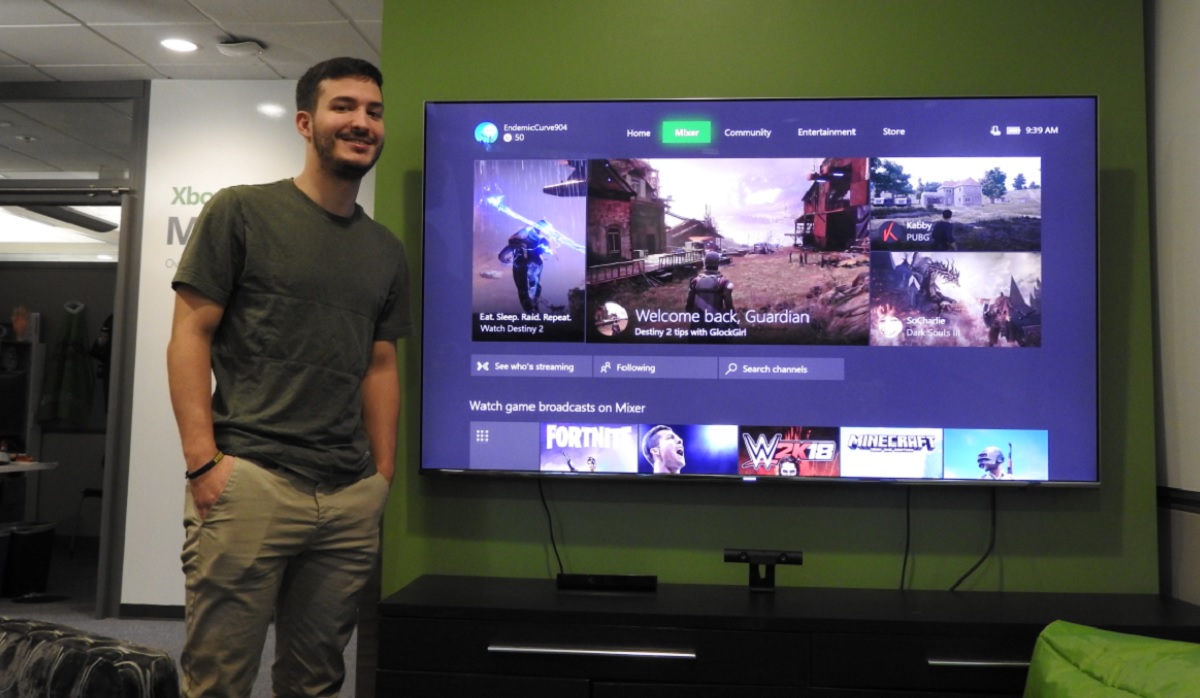Since Microsoft acquired its Mixer (formerly Beam) livestreaming service 14 months ago, it has been updating the platform on a regular basis, and now it has some interactive features that will make it stand out from the pack of streaming platforms.
Microsoft hopes Mixer will give it a competitive edge in the $4.6 billion streaming market. More than 600 million people worldwide are consuming livestream content, according to market researcher SuperData Research. Ben Favreau, product marketing manager for Mixer, showed me a demo of the latest Mixer build in a visit to the company’s headquarters in Redmond, Washington.

Unlock premium content and VIP community perks with GB M A X!
Join now to enjoy our free and premium membership perks.
![]()

![]()